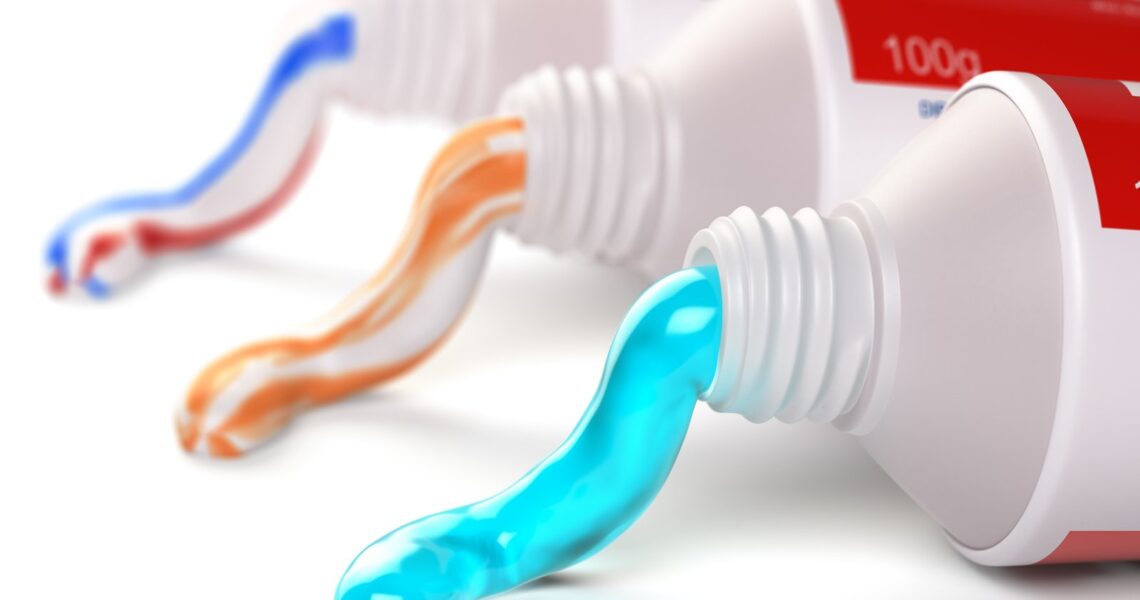In order to maintain excellent dental health, toothpaste is a crucial part of our regular oral hygiene practice. It is a specialized dental solution that aids in removing plaque, avoiding tooth decay, freshening breath, and offering a number of benefits to oral health to clean and protect our teeth and gums. Given the variety of toothpaste options on the market today, it is critical to comprehend the many varieties and their distinctive characteristics to select the toothpaste that will best meet your dental needs.
According to a dentist in Wichita Falls, TX, specialized solutions for different oral health needs are now available in toothpaste formulations because of oral care research and technology improvements. From natural toothpaste options to whitening toothpaste that aids in removing surface blemishes, toothpaste is available for those seeking alternative ingredients to suit every preference and requirement.
Here are some suggestions to aid in making a well-informed decision.
- Look for fluoride:
Fluoride is a crucial component of toothpaste that strengthens tooth enamel and prevents tooth decay. It encourages remineralization, which treats early tooth decay and aids in cavity prevention. If you are prone to tooth decay or have a high risk of cavities, go for fluoride toothpaste.
- Think about your unique dental requirements:
Select a toothpaste that solves your unique oral concerns after assessing them. For instance, choose a toothpaste designed for sensitivity alleviation if you have sensitive teeth. If you have gum issues, search for toothpaste that prevents gum disease and promotes healthy gums. If you want to eliminate surface stains and brighten your smile, consider choices like whitening toothpaste.
- Analysis of the ADA logo:
The American Dental Association (ADA) assesses the effectiveness and safety of toothpaste. Look for the American Dental Association (ADA) stamp of approval on the package to verify that the toothpaste satisfies the requirements for benefits to oral health and has been examined and authorized by dental professionals.
- Identify abrasiveness:
Different toothpaste formulations may have different levels of abrasiveness. Although abrasiveness might aid in removing surface stains, prolonged severe abrasion can eventually wear down tooth enamel. Examine the Relative Dentin Abrasivity (RDA) value to determine how abrasive the toothpaste is. Choose toothpaste with a lower RDA value to protect your enamel and achieve gentle cleaning.
- Think about your preferred flavors and textures:
To suit varying tastes and preferences, toothpaste is available in a range of flavors and textures. Pick a flavor you like because it will make brushing more enjoyable and encourage regular oral hygiene practices. Try out several textures, such as pastes or gels, to determine which is most comfortable for you.











